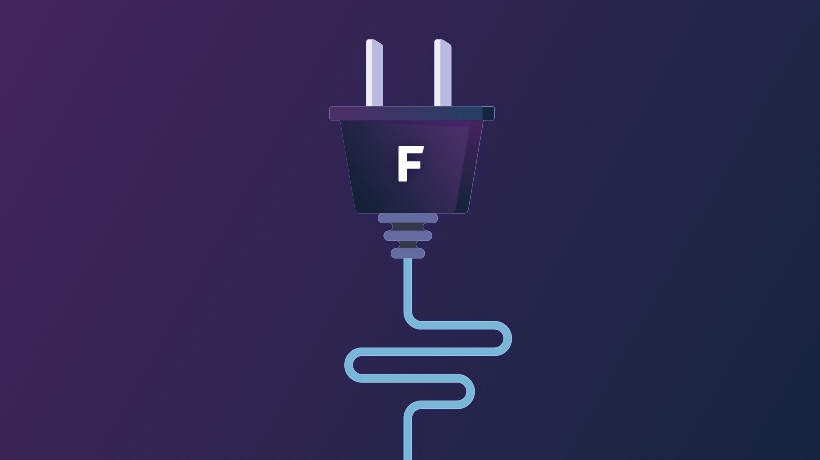Testing Guide

FraudHunt Testing Guide
FraudHunt is a highly technological platform that requires a certain degree of expertize to operate our active fraud prevention features.
Active fraud prevention vs traffic quality reports
If you are only interested in receiving quality reports about your traffic Part one is enough. If you are interested in active fraud prevention, you have to concentrate on Part two.
Part One. Basic Setup
Step 1. Registration
We accept any email address both personal and role based. You are also welcome to register using Facebook and Google accounts. You can register here.
Step 2. Integration
Once you are registered a special “cid” parameter will be generated for your account. It will be automatically included in your main tracking script. You are then to integrate it on the page/pages you want to test our solution on. You can read more about the integration here.
Step 3. Inbuilt Reports. Raw Data Reports
Once integration is done, you are welcome to start checking your traffic quality in our User Interface. You can find a full description of its main features here.
Inbuilt Reporting toll is useful to evaluate the quality of any traffic channel, however it lacks detailed informaion about any individual visitor. We offer special Raw Data Reports for these goals. You can get one such report for free as a part of your testing.
Part Two. API Setup
Step 1. Integration
To enable access to our Public API send an email to info@fraudhunt.net from your registered email address.
Please note that we recommend to perform all operations with the system via a server side. This includes saving the Fingerprint key, quering the API, etc. However, we do have an example of the global callback and the API calls done on page here.
You can find the full description of the Publick API setup here. To start receiving the responses integrate FPkey (the key generated by our main tracking script) Handle function on the page and the API call either on the page or on the server side.
Step 2. Active Block Preparation
FraudHunt provides all the necessary information required to determine the quaity of every incoming visitor. Once the quality is determined we send the info on your side but do not actively block your visitors. There are two actively used blocking options (on page, on the server side). We recommend to set the blocking features on the server side, however blocking visitors on page may be as effective.
Step 3. Data storage
Once you are done with the API call integration you can start receiving API responses in JSON format. You have to prepare to store all data about your users on your side. The fingerprint keys will be generated on the visitor page and then used to receive the rest of the information. We recommend you to save all the API responses and keys paired with your own identifiers (email addresses, user ids, etc.). The information stored in our Public API is deleted every 4-5 days.